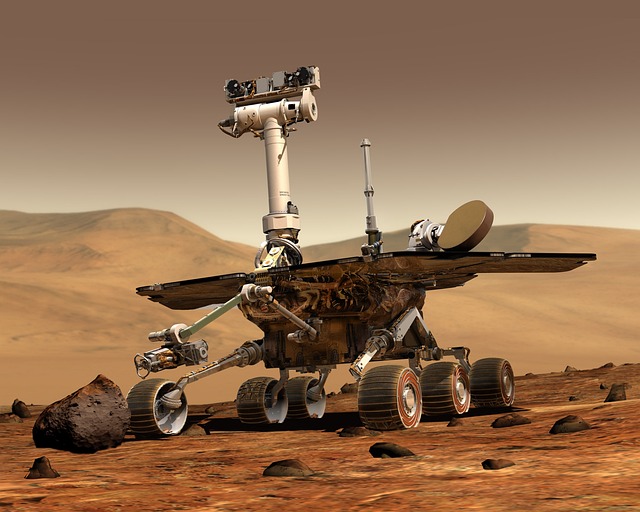The rapid advancement of technology is transforming every aspect of our lives, and the realm of learning is no exception. As we stand at the crossroads of innovation and education, the integration of virtual assistants, robotics, and artificial intelligence (AI) is reshaping how we acquire knowledge and skills in the business world.
Imagine starting your day with an intelligent virtual assistant by your side, the digital equivalent of a personal tutor, guiding you through tasks and helping with real-time insights. These assistants are designed to adapt to our learning habits and styles, making it easier for individuals to not only absorb complex information but also apply it efficiently in their professional lives. This personalized approach to learning signifies a revolution in how we perceive education in the workplace.
As businesses adopt automation strategies, incorporating robotics and AI into everyday operations, the potential for transformative learning experiences multiplies. Virtual assistants powered by advanced algorithms can streamline workflows, manage schedules, and provide instant feedback on performance. This fosters an environment where continuous learning is not just encouraged but seamlessly integrated into daily tasks. Workers can gain new skills and insights just by interacting with these systems, creating a culture centered around development and growth.
Furthermore, the use of virtual assistants extends beyond individual learning. In a collaborative setting, they can act as facilitators, allowing teams to communicate more effectively and share knowledge across departments. For example, a virtual assistant can host virtual brainstorming sessions where team members can contribute ideas and solutions in real time, ultimately driving innovation and improving productivity. This automated collaboration exemplifies how technology can enhance our ability to learn from one another, even while working remotely.
The advent of robotics and AI is also setting new standards for training methodologies. Traditional training sessions often require significant time and resources, but with automated systems in place, companies can deliver a personalized and engaging training experience at scale. Virtual assistants can track progress and adapt content to meet the specific needs of each employee, ensuring that learning is both effective and efficient. As a result, businesses can invest in their workforce without the significant overhead that historically accompanied corporate training programs.
Moreover, the rise of virtual assistants complements the growing trend of upskilling and reskilling in our ever-evolving job market. Automation has transformed the landscape of many industries, necessitating a workforce that is agile and adaptable. With AI-powered learning tools, employees can stay ahead of the curve, acquiring new competencies that align with market demands and technological advancements. The combination of these tools not only empowers individuals to embrace lifelong learning but also enhances the overall competitiveness of organizations.
As we embrace this new journey into the future of learning, it’s essential to recognize that while virtual assistants and AI may be changing the way we learn, they are ultimately tools to amplify human potential. By harnessing the capabilities of robotics and automation, we can foster an environment where creativity, critical thinking, and collaboration thrive. The challenge lies in embracing these technological innovations, allowing them to complement our innate abilities while paving the way for a brighter, more connected future of education in the business landscape.




